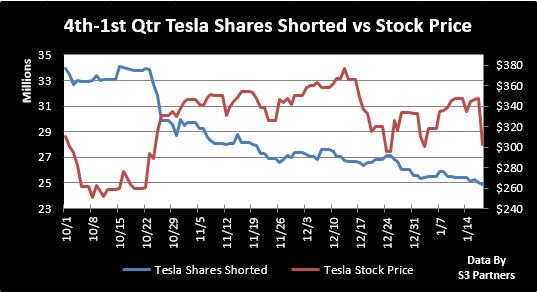PUT $010: 36,730 ################## , CALL $010: 0
PUT $020: 23,437 ########### , CALL $020: 3
PUT $030: 14,444 ####### , CALL $030: 0
PUT $040: 8,369 #### , CALL $040: 10
PUT $050: 87,055 ###################+, CALL $050: 16
PUT $060: 9,252 #### , CALL $060: 3
PUT $070: 12,874 ###### , CALL $070: 6
PUT $080: 17,956 ######### , CALL $080: 300
PUT $090: 9,813 ##### , CALL $090: 515
PUT $100: 62,246 ###################+, CALL $100: 1,962 #
PUT $110: 5,547 ### , CALL $110: 460
PUT $120: 15,912 ######## , CALL $120: 112
PUT $130: 5,043 ## , CALL $130: 358
PUT $140: 5,600 ### , CALL $140: 44
PUT $150: 26,701 ############# , CALL $150: 858
PUT $160: 3,456 # , CALL $160: 249
PUT $170: 5,830 ### , CALL $170: 626
PUT $180: 7,837 #### , CALL $180: 558
PUT $190: 3,235 # , CALL $190: 1,774 #
PUT $200: 31,528 ################ , CALL $200: 2,131 #
PUT $210: 8,166 #### , CALL $210: 1,209
PUT $220: 7,924 #### , CALL $220: 860
PUT $230: 17,596 ######### , CALL $230: 1,637 #
PUT $240: 14,060 ####### , CALL $240: 1,473
PUT $250: 15,450 ####### , CALL $250: 1,873 #
PUT $260: 6,641 ### , CALL $260: 1,678 #
PUT $270: 12,649 ###### , CALL $270: 1,546 #
PUT $280: 19,099 ######### , CALL $280: 1,636 #
PUT $290: 6,986 ### , CALL $290: 3,408 #
PUT $300: 26,168 ############# , CALL $300: 9,233 ####
PUT $310: 7,854 #### , CALL $310: 4,338 ##
PUT $320: 11,289 ##### , CALL $320: 5,816 ###
PUT $330: 13,905 ####### , CALL $330: 11,381 #####
PUT $340: 25,686 ############# , CALL $340: 10,725 #####
PUT $350: 15,424 ####### , CALL $350: 23,385 ###########
PUT $360: 7,495 ### , CALL $360: 16,116 ########
PUT $370: 3,697 ## , CALL $370: 10,349 #####
PUT $380: 2,553 # , CALL $380: 11,253 #####
PUT $390: 830 , CALL $390: 7,326 ###
PUT $400: 2,449 # , CALL $400: 22,742 ###########
PUT $410: 371 , CALL $410: 5,090 ##
PUT $420: 580 , CALL $420: 8,672 ####
PUT $430: 257 , CALL $430: 3,162 #
PUT $440: 4 , CALL $440: 4,985 ##
PUT $450: 146 , CALL $450: 4,982 ##
PUT $460: 0 , CALL $460: 2,223 #
PUT $470: 0 , CALL $470: 1,946 #
PUT $480: 27 , CALL $480: 2,414 #
PUT $490: 5 , CALL $490: 1,281
PUT $500: 1,763 # , CALL $500: 12,374 ######
PUT $510: 0 , CALL $510: 580
PUT $520: 0 , CALL $520: 1,345
PUT $530: 0 , CALL $530: 582
PUT $540: 0 , CALL $540: 470
PUT $550: 191 , CALL $550: 3,903 ##
PUT $560: 0 , CALL $560: 1,136
PUT $570: 0 , CALL $570: 323
PUT $580: 50 , CALL $580: 1,936 #
PUT $590: 0 , CALL $590: 831
PUT $600: 323 , CALL $600: 24,540 ############
PUT $610: 0 , CALL $610: 3,602 ##
PUT $620: 0 , CALL $620: 1,400
PUT $630: 0 , CALL $630: 440
PUT $640: 0 , CALL $640: 474
PUT $650: 5 , CALL $650: 3,075 #
PUT $660: 0 , CALL $660: 552
PUT $670: 0 , CALL $670: 834
PUT $680: 1 , CALL $680: 14,886 #######
PUT $690: 0 , CALL $690: 640





